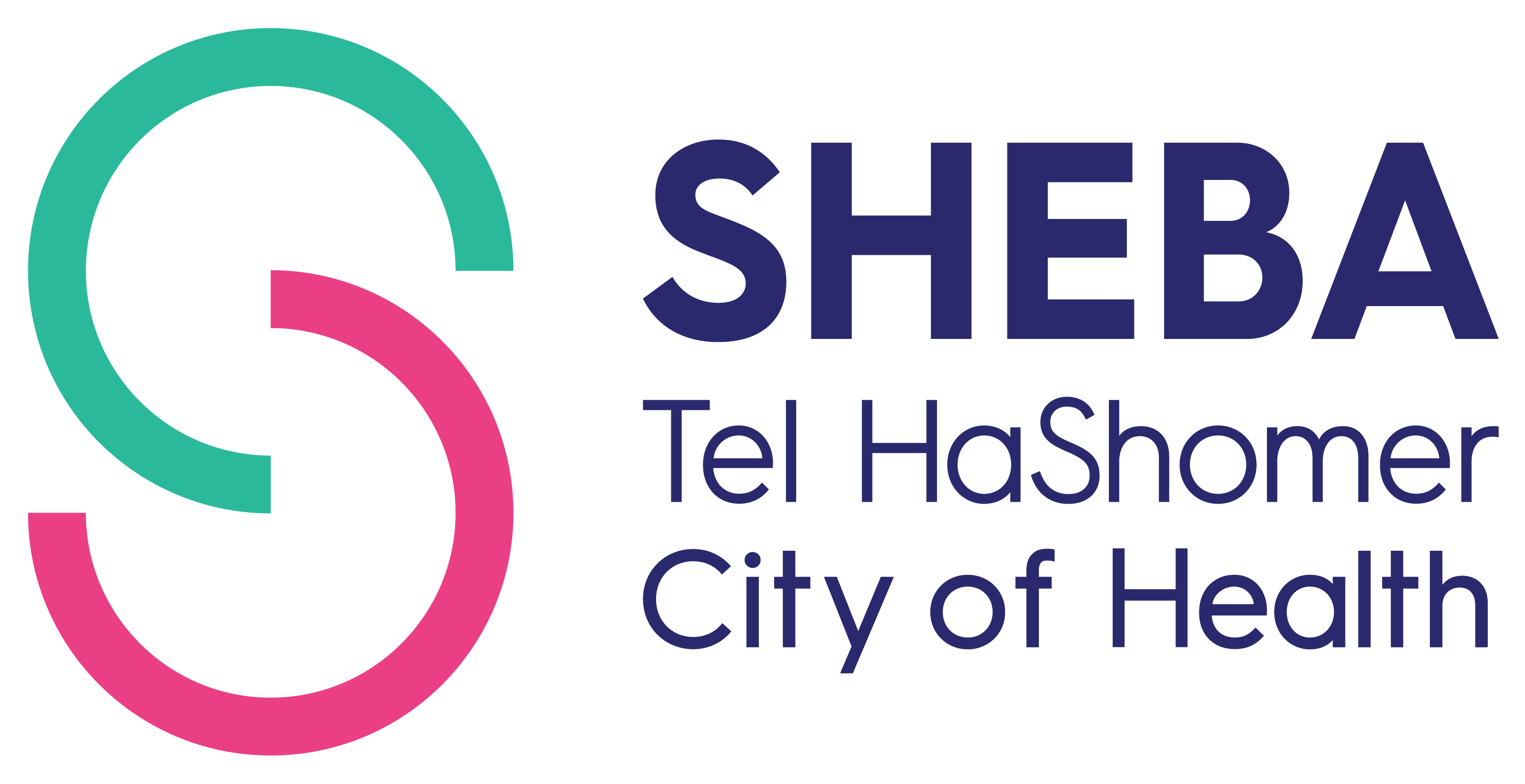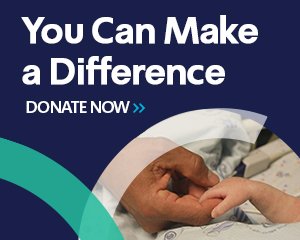Breakthrough story from Sheba: "Stem cell injections may causer tumors"
Nature Published online 17 February 2009 By Monya Baker
Tumours spark stem-cell review
Russian treatment linked to cancerous growths.
A report claiming that unregulated transplants of human fetal neural stem cells led to tumours in a boy's brain and spinal cord is being hotly discussed by stem-cell researchers. Although the procedure took place well outside the scientific mainstream, it underscores the need for caution as clinical trials involving stem-cell transplantation move forward.
"This is the first documented case of tumours resulting from fetal-cell transplant," says Wise Young, a neurosurgeon at Rutgers University in Piscataway, New Jersey.
The paper, appearing in PLoS Medicine, describes a boy who received injections of fetal neural stem cells - for the neurodegenerative disease ataxia telangiectasia - at a Moscow clinic at the ages of 9, 10 and 12 (N. Amariglio et al. PLoS Med. 6, e1000029; 2009). When he was 13, researchers from the unrelated Sheba Medical Center in Tel Aviv, Israel, identified growths in his brain and spinal cord. The following year, spinal tumours were surgically removed. Within the growths, the team found cells that could not have arisen from the patient and must have come from at least two fetuses.
Gideon Rechavi, the team leader, says he has communicated with the Moscow clinic only through the boy's parents. He declines to disclose its identity, but says those involved apparently did not characterize the cells well. Rechavi adds that the boy's disease, which affects the immune system, may have made it easier for the tumour to grow.
During the past three months, three biotech companies have received regulatory authority to proceed with clinical trials that transplant fetal stem cells into the brain or cells derived from embryonic stem cells into the spinal cord. All three - ReNeuron of Guildford, UK; Geron of Menlo Park, California; and StemCells of Palo Alto, California - have presented preclinical data on safety and efficacy for their cells.
John Sinden, ReNeuron's scientific co-founder, says that "there are almost no similarities" between the Moscow procedure and his company's clinical trial. He argues that one isolated case doesn't threaten the whole field.
It might, though, serve as a cautionary tale, says Steven Goldman, chair of neurology at the University of Rochester in New York and an adviser to the US Food and Drug Administration. He believes that many techniques that induce stem cells to expand in culture render them more likely to grow inappropriately. "I hope it makes people think twice about how cells are isolated and maintained before transplant," he says.
"This paper is actually a really good thing for the field," says Insoo Hyun, a bioethicist at Case Western Reserve University in Cleveland, Ohio, who has led efforts to help patients assess the risks of stem-cell procedures. "People who undergo these cell-based therapies have a responsibility to share any adverse events that happen," he adds.
However, Theo Palmer, a neurosurgeon at Stanford University School of Medicine in California, says the new report is unlikely to do much to help researchers understand or avoid risk. The Moscow cells may or may not have qualified under the strict regulations for human stem-cell trials. "This makes it impossible to draw parallels to other neural-stem-cell studies performed under rigid safety criteria," he says.
The original study by Rechavi and Amariglio in theUS Public Library of Science on-line, open-access journal can be read - Here
Download a pdf copy of the study here
~~~~~~
'Stem cell injections may causer tumors'
Feb. 19, 2009 by Judy Siegel-Itzkovich, THE JERUSALEM POST
Israeli researchers are the first in the world to have documented that the injection of stem cells from aborted human fetuses can trigger tumors.
Stem cells, especially those from few-day-old embryos, are considered by many to be a potential cure for a wide variety of chronic disorders - from Parkinson's and Alzheimer's to diabetes and heart disease - because they have the ability to produce new cells of all types for the repair of diseased organs.
But the new research, based on the case of a now-16-year-old Israeli youth suffering from a rare genetic degenerative disease who underwent the highly experimental injections in Russia, is the first documented case of a human brain tumor - albeit a benign, slow-growing one - after fetal stem cell therapy, and sounds an alarm that future stem cell use must be preceded by extensive research.
The patient, born here to parents of Moroccan origin, developed ataxia telangiectasia (AT) as a young child. Degeneration of a certain brain region gradually robs these children of movement, and a faulty immune system leads to frequent infections and cancers. Most victims die in their teens or early 20s.
Although the boy's doctors at Sheba Medical Center, Tel Hashomer, urged the desperate parents against it, they took him to an unnamed clinic in Moscow for injections of fetal stem cells into his brain and spinal cord.
He returned to Russia twice - at age 10 and 12 - for more injections.
Then, at the age of 13, he developed painful headaches, and an MRI scan showed he had tumors in several parts of the brain and the spinal cord.
Two-and-a-half years ago, hematology Prof. Gideon Rechavi, head of Sheba's Cancer Center and Tel Aviv University's Cancer Biology Center, headed a team that investigated the case and found after extensive pathological and genetic research that the tumors were not germane to the patient, but were sourced from at least two fetuses whose foreign tissue had been injected into him.
For example, the tumors contained both XX (female) and XY (male) cells, while if they had come from the boy's body they could not have female chromosomes. They also had two normal copies of the ATM gene, which causes AT when mutated. Since the boy has AT, those genes cannot be his.
The team noted, however, that the fact that the boy has AT may have facilitated the growth of the tumors because of the weak immune system in such patients.
In 2006, the boy underwent brain and spinal cord surgery performed by Prof. Shlomo Constantini, head of the pediatric neurosurgery department at Tel Aviv Sourasky Medical Center's Dana Children's Hospital. Only those tumors that were believed to grow relatively rapidly were removed.
Today, the youth's condition is stable, with the tumors growing slowly enough to be considered benign, but he is wheelchair-bound.
While the parents reportedly regret taking him to Russia, AT is such a dangerous genetic disorder - killing most victims by the age of 20 - that it threatens his life more than the tumors.
The Jerusalem Post learned that the researchers' work, just published in the US Public Library of Science (PLoS) on-line, open-access journal, was initially turned down for publication by the highly prestigious journals Nature and Science.
One of the study's authors, Dr. Ninette Amariglio, suggested that the journals were apparently "fearful of the multi-billion-dollar stem cell lobby, as the study could hurt its prospects."
In addition, publishers "prefer optimistic science. Our study is not pessimistic, but it warns that researchers have to be aware of possible complications and dangers," said Amariglio, who heads the Diagnostic Molecular Hemato-Oncology Laboratory at Sheba Medical Center.
"We by no means suggest that stem cell research should be halted," Amariglio stressed. "Although this report indicates the need for caution in stem cell therapy, we do not imply that the research in stem cell therapeutics should be abandoned.
"We do suggest that extensive research into the biology of stem cells and in-depth preclinical studies, especially of safety, should be pursued in order to maximize the potential benefits of regenerative medicine while minimizing the risks."
Stem cells are not medications, Amariglio added, but are still unpredictable, so desperate patients should not undergo questionable "therapies" that could endanger them more than their disease.









